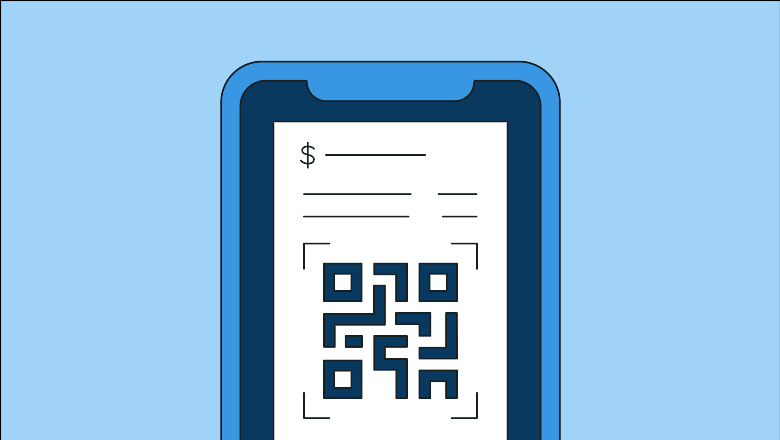Quick Response (QR) codes have evolved from their origin as simple two-dimensional barcodes to become powerful tools for businesses looking to engage with their audience in innovative ways. Creating effective QR code campaigns involves more than just generating codes; it requires thoughtful planning, strategic implementation, and a clear understanding of the target audience. In this article, we’ll explore the key steps and best practices for businesses to create successful QR code campaigns that captivate their audience and drive meaningful results.
1. Define Clear Objectives:
Before diving into QR code campaign creation, businesses must define clear objectives. Whether the goal is to boost sales, increase brand awareness, gather customer feedback, or drive traffic to a website, having well-defined objectives will guide the entire campaign strategy.
2. Understand Your Audience:
Understanding the target audience is crucial for crafting a QR code campaign that resonates. Consider the demographics, preferences, and behaviors of your audience. Tailor the campaign to provide value and cater to the interests of the intended demographic.
3. Choose the Right Type of QR Code:
QR codes come in various types, each serving a specific purpose. Businesses should choose the type that aligns with their campaign goals. Common types include URL QR codes for website links, vCard QR codes for contact information, and dynamic QR codes for flexibility in editing the content they link to.
4. Provide Value to Users:
For a QR code campaign to succeed, it must offer real value to users. Whether it’s access to exclusive content, discounts, promotions, or informative resources, the incentive should be compelling enough to prompt users to scan the QR code.
5. Optimize Landing Pages:
When QR codes lead users to a website or landing page, optimizing that page is essential. Ensure that the page is mobile-friendly, loads quickly, and delivers a seamless user experience. The content should align with the user’s expectations and the campaign’s objectives.
6. Prominently Display QR Codes:
Visibility is key. Place QR codes prominently in areas frequented by the target audience. This could be on product packaging, promotional materials, posters, business cards, or even digital channels. Ensure that the codes are easily scannable and appropriately sized for the medium.
7. Integrate QR Codes into Marketing Collateral:
Incorporate QR codes into existing marketing collateral to enhance cross-channel engagement. For instance, QR codes can be added to print ads, brochures, catalogs, and social media posts. This integration fosters a cohesive and interconnected marketing strategy.
8. Track and Analyze Performance:
Utilize analytics tools to track the performance of QR code campaigns. Monitor metrics such as scan rates, user demographics, and conversion rates. This data provides valuable insights into the effectiveness of the campaign and helps in refining future strategies.
9. Ensure QR Code Security:
Security is paramount when implementing QR code campaigns. Businesses should take measures to secure the content linked to QR codes, especially if they contain sensitive information. Regularly monitor and update the linked content to prevent unauthorized access or tampering.
10. Educate and Incentivize Scanning:
Some users may be unfamiliar with QR codes or hesitant to scan them. Businesses should include clear instructions on how to scan and convey the benefits of doing so. Consider incorporating incentives such as discounts, rewards, or exclusive content to encourage scanning.
11. Foster User Engagement:
Engage users beyond the initial scan by creating a journey. Encourage them to share their experiences on social media, participate in surveys, or join loyalty programs. Building a relationship with users can lead to long-term brand loyalty.
Conclusion:
Creating effective QR code campaigns involves a strategic blend of planning, understanding the audience, and delivering compelling value. By following these best practices, businesses can harness the power of QR codes to enhance customer engagement, drive conversions, and achieve their marketing objectives. As technology continues to evolve, businesses should remain agile, adapting their QR code strategies to meet the changing preferences and expectations of their audience.

